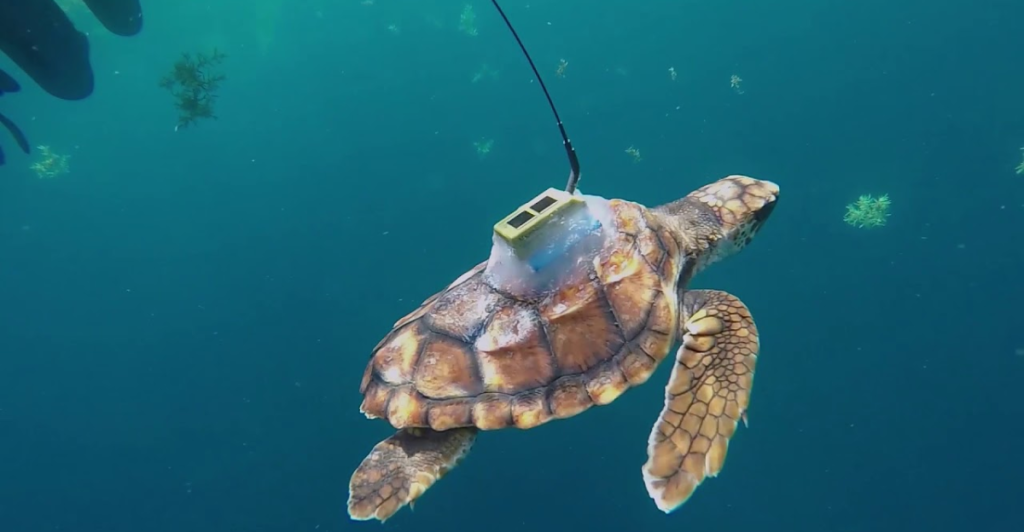
Scientists just made a surprising discovery in Saudi Arabia’s Red Sea, using an unexpected method: turtles. By tagging green turtles with satellite tags, they tracked them to 34 once hidden seagrass meadows.
Why Seagrass Matters
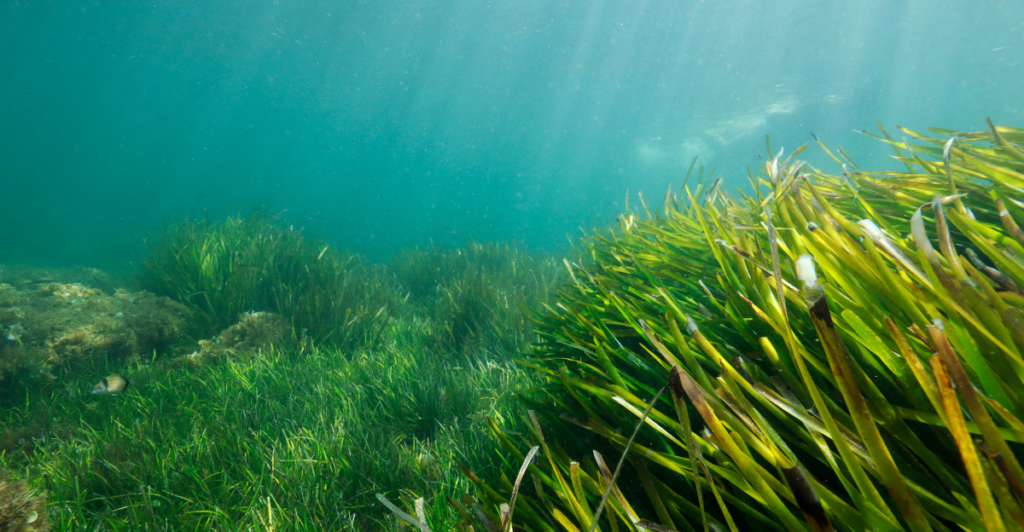
Seagrass meadows are carbon sinks, which contain and store carbon dioxide. In fact, carbon sinks contain carbon dioxide better than rainforests. More seagrass traps more carbon, making it a natural aid in the fight against climate change.
The Turtle Detectives
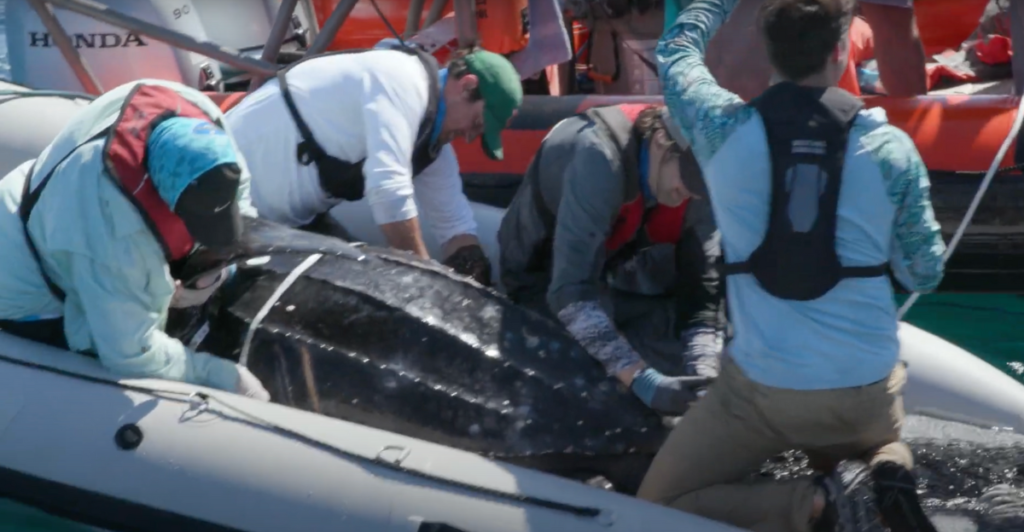
Rather than having to use costly high-tech equipment, researchers are making green turtles do the work. First, researchers tag them, then the turtles seek out seagrass for food as they naturally would, making them the perfect guides to hidden meadows.
A 13% Boost in Seagrass
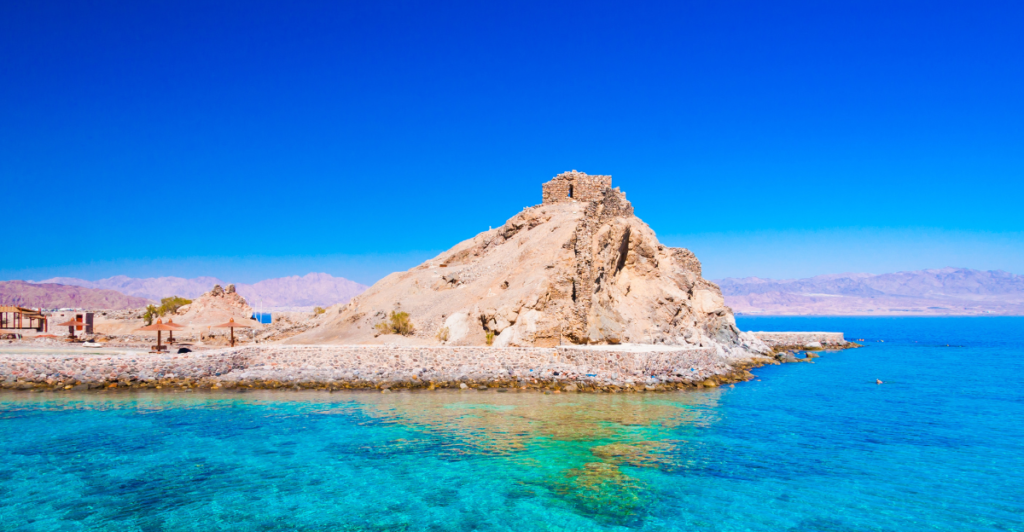
Since the use of turtle tracking, scientists have discovered 34 unexplored seagrass spots in the Red Sea, expanding the known seagrass coverage in the region by 13%. That’s a significant increase.
Cheaper Than High-Tech Solutions
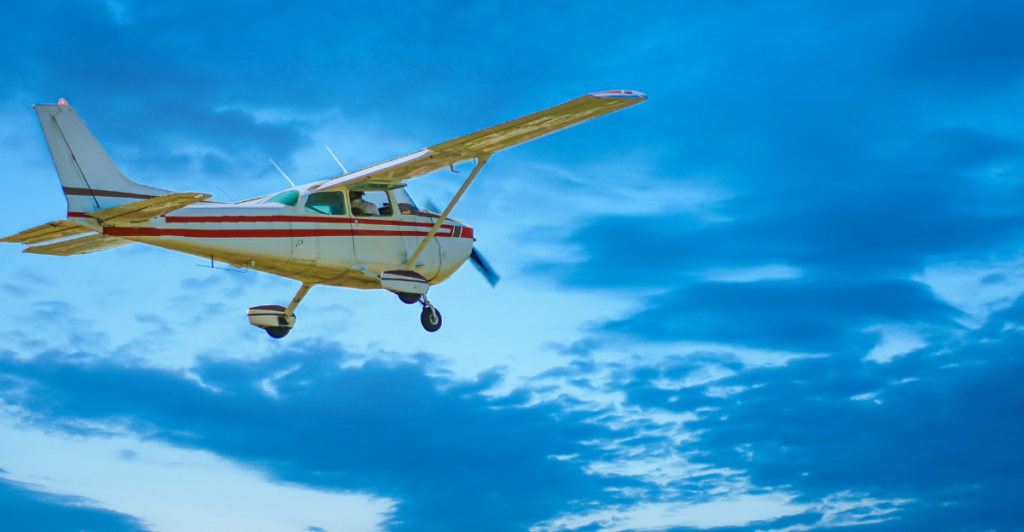
Airplanes with particular sensors are able to detect seagrass too. But they cost tens of millions of dollars. Turtle tracking costs less than 1% of that. This far more affordable option makes conservation research more accessible for many countries.
Better Than Satellites
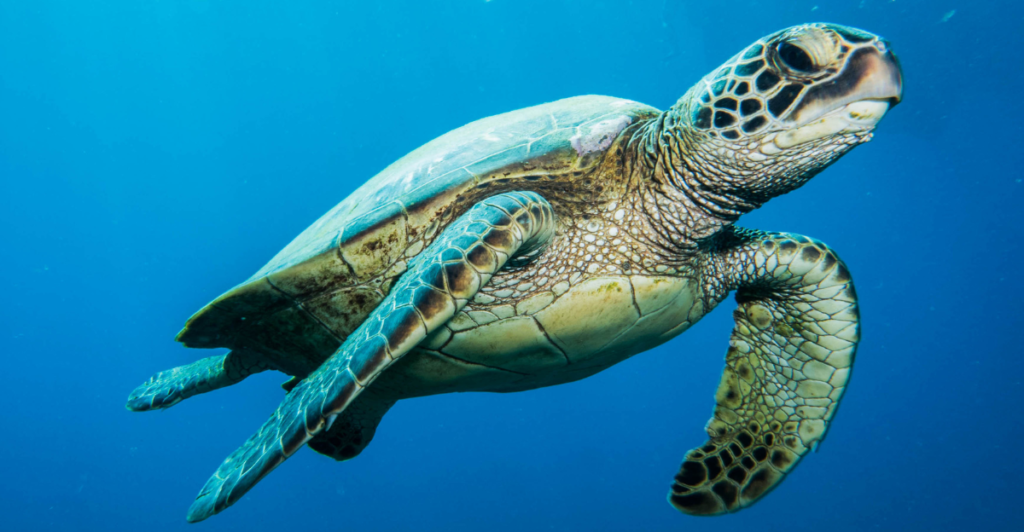
Surprisingly, Allen Coral Atlas, a top-tier mapping system, was 20 times less efficient at locating seagrass than the turtles. Why work hard when the turtles can work smart?
Shark vs. Turtle Tech
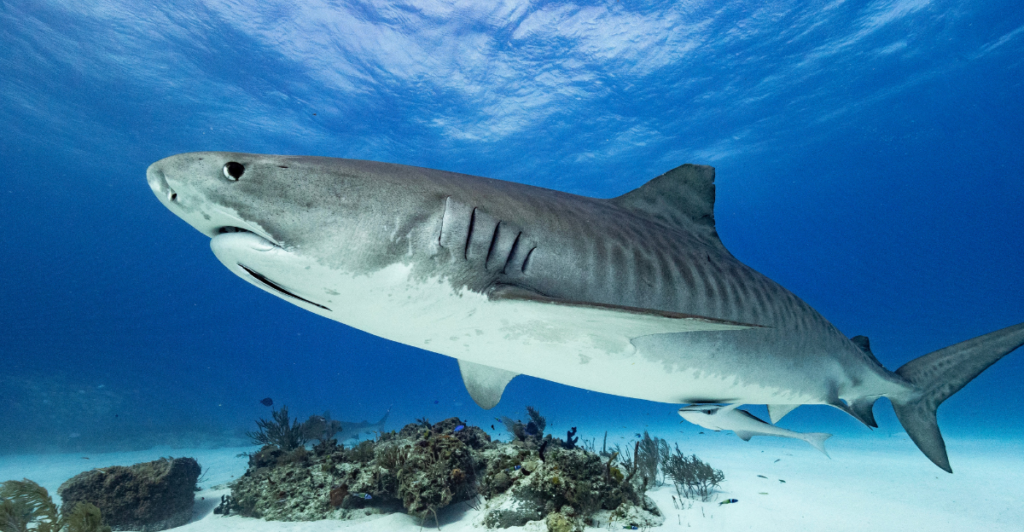
In the Bahamas, scientists are using tiger sharks to find seagrass. But the number of sharks is dipping, and they’re not as easy to tag. Green turtles, however, are growing in numbers and are far easier to tag and track.
Simple Tagging Process
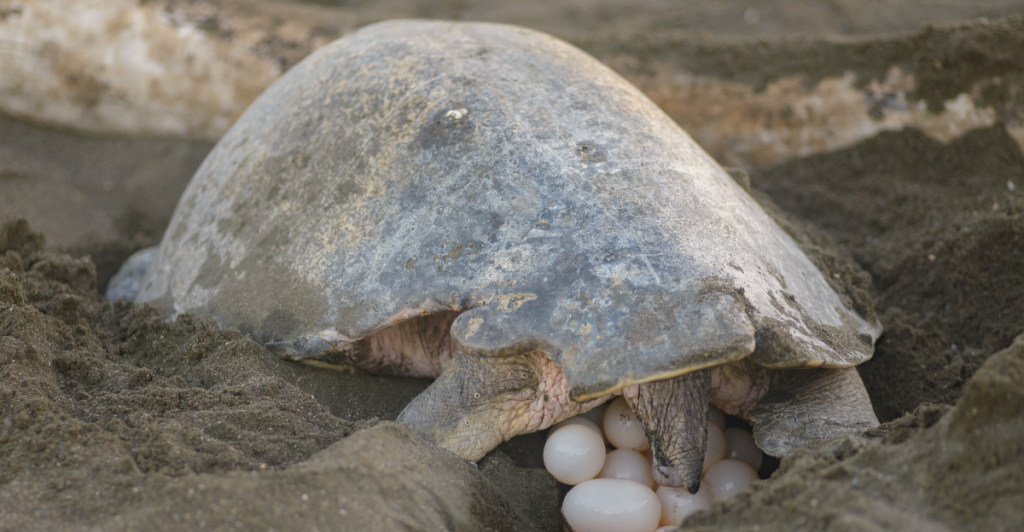
Scientists tag the turtles by attaching satellite transmitters to nesting females they find on the beach. Then, they follow their movements. Dangerous dives and advanced equipment aren’t necessary to do the job anymore, thanks to turtle instincts.
A Win for Conservation
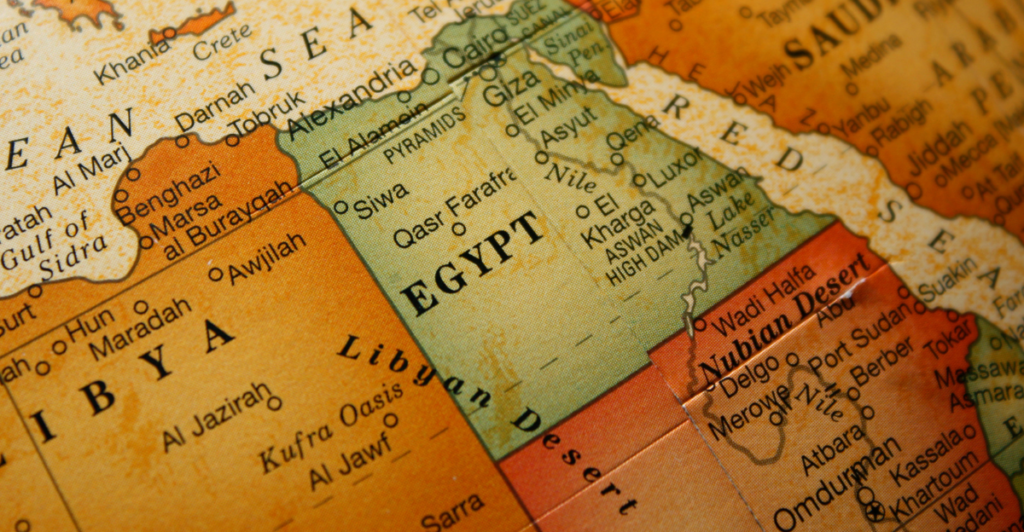
The discovery of these seagrass meadows is a big step for conservation. Countries bordering the Red Sea can now more efficiently protect these carbon-rich ecosystems, benefiting both marine life and climate goals.
Beyond Carbon Storage
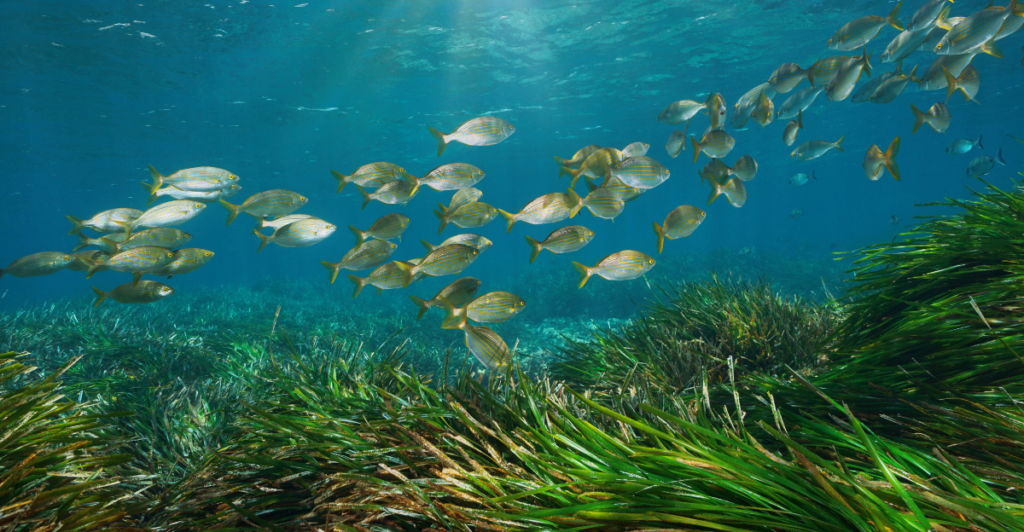
Trapping carbon isn’t the only feature of seagrass meadows. They also support marine life, provide shelter and food for fish, sharks and crabs. Seagrass plays a vital role in maintaining ocean health.
A Model for Other Regions
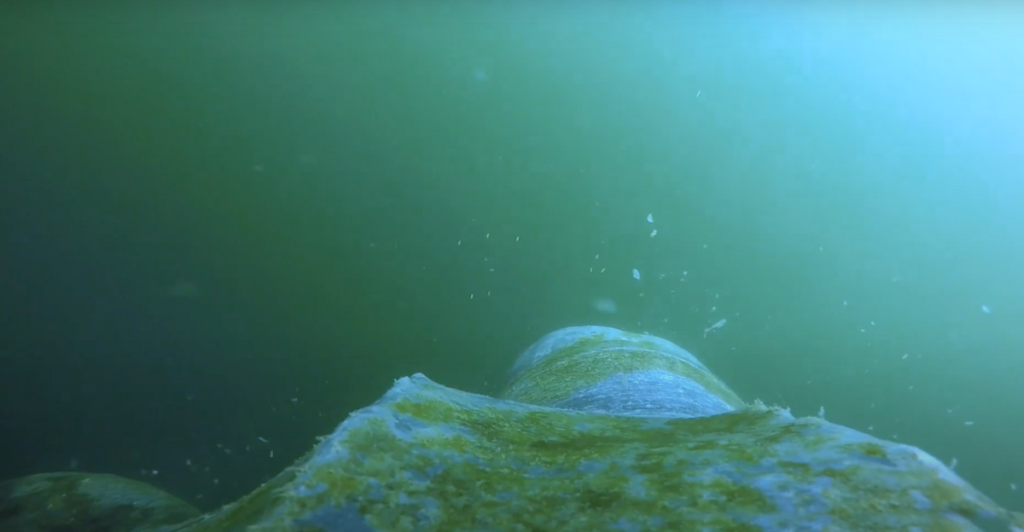
The discovery and use of turtle-tracking could benefit the world. Scientists can reveal hidden seagrass meadows around the world inexpensively and more effectively, improving marine conservation strategies as a whole.
What’s Next?
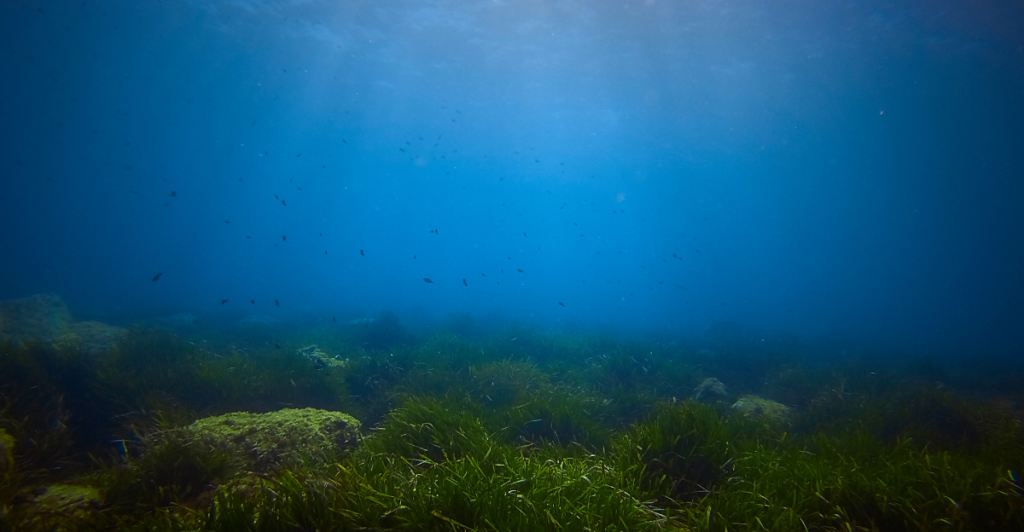
Researchers will continue to develop this technique, tracking turtles in new areas to uncover even more seagrass. This process could be a real game-changer in protecting marine biodiversity.
The Power of Nature
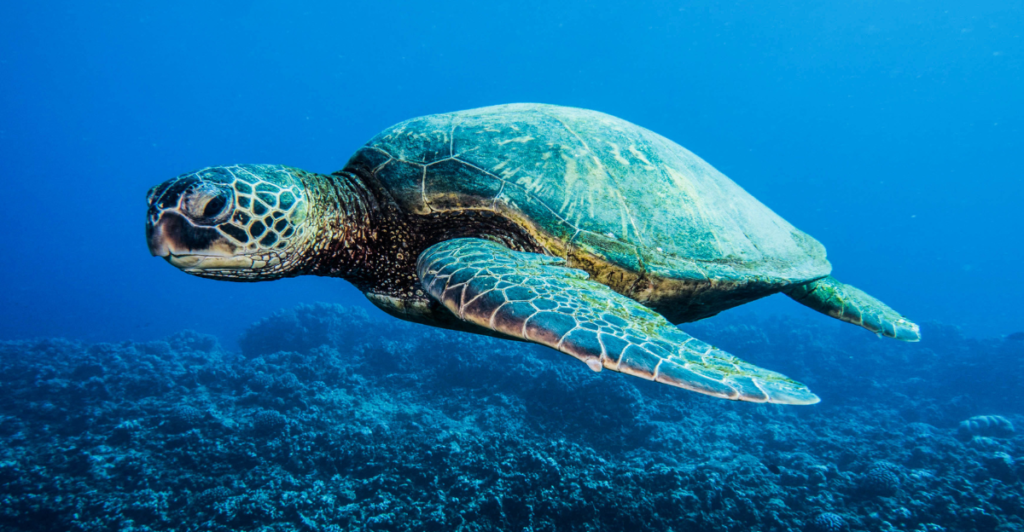
The best solutions aren’t always the most complicated or expensive. Green turtles, simply by existing, have taken researchers to ecosystems that play a critical role in sustaining an environmental balance.
Discover more of our trending stories and follow us to keep them appearing in your feed

Climate Change Overestimated? New Data Shows Oceans Are Cooling The Planet Faster Than Predicted
Rescue Efforts in Full Swing as Animals Face Wildfire Threats in California
Bobcats Are Making a Comeback—And They Might Be Protecting Us From Disease
After 800 Years of Silence, This American Volcano Shows Signs of Activity
References:
Reference 1
Reference 2
This article first appeared here
Stay connected with us for more stories like this! Follow us to get the latest updates or hit the Follow button at the top of this article, and let us know what you think by leaving your feedback below. We’d love to hear from you!







